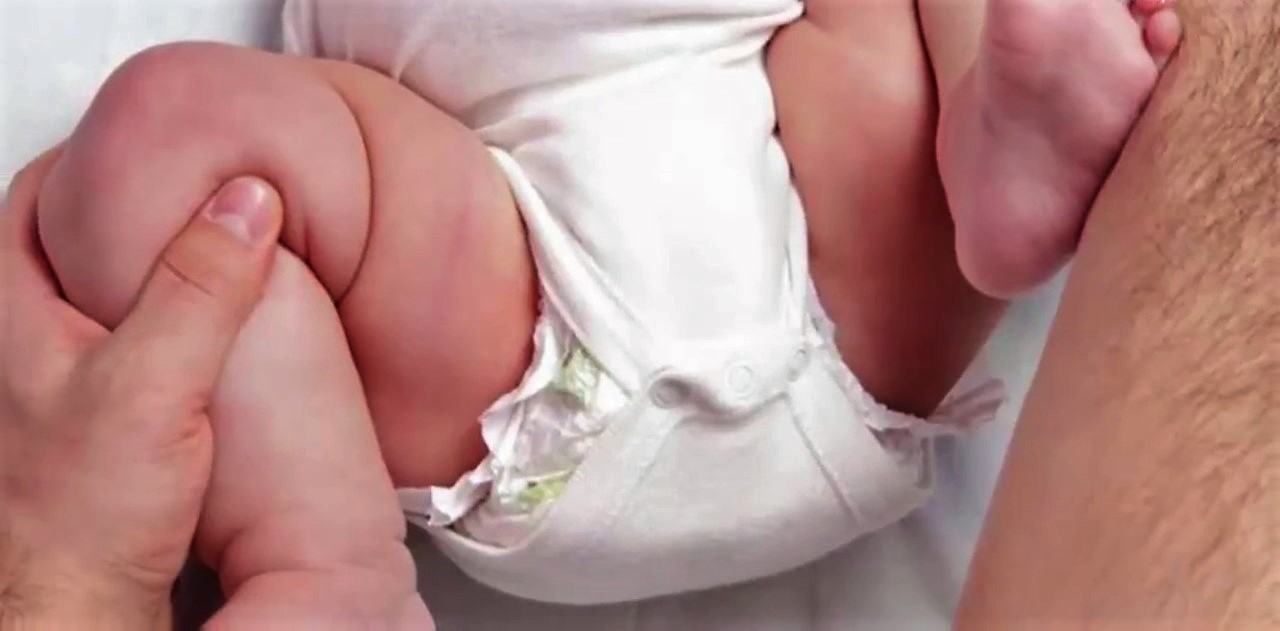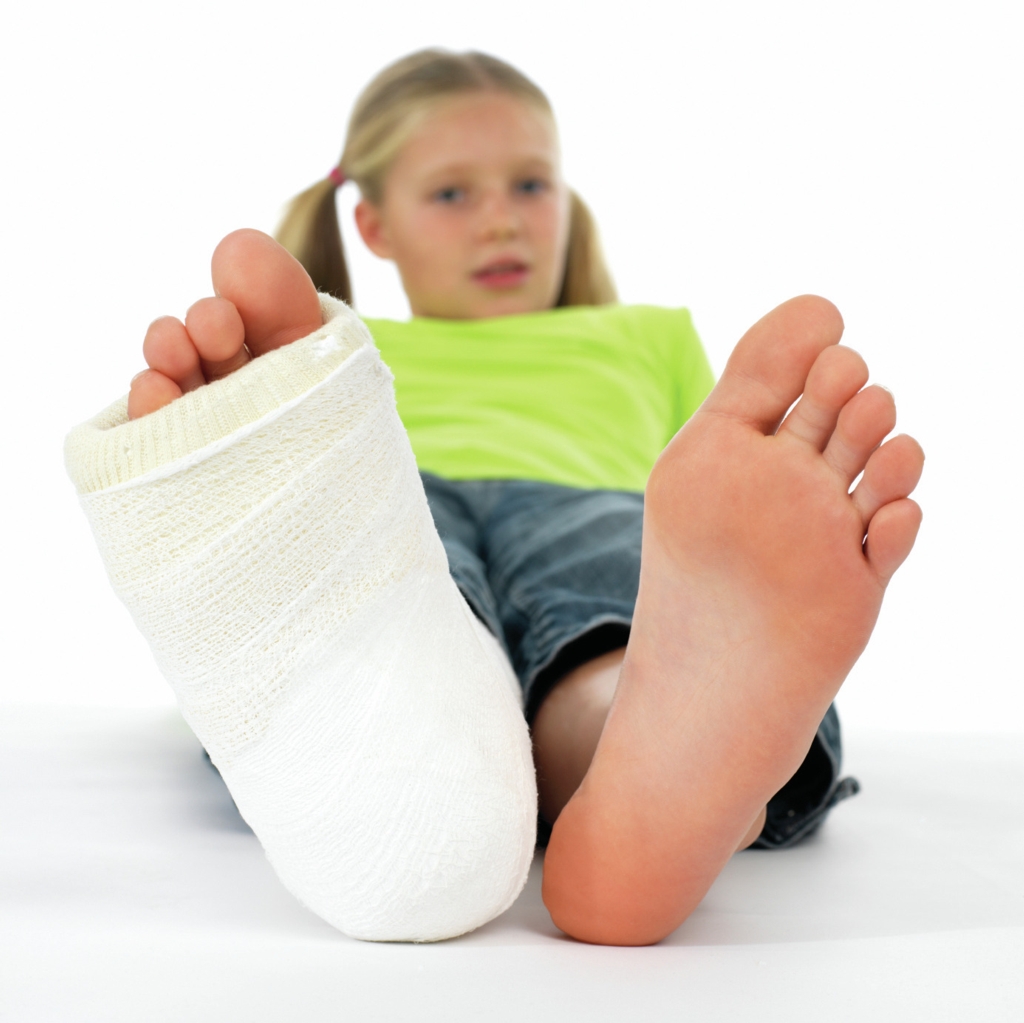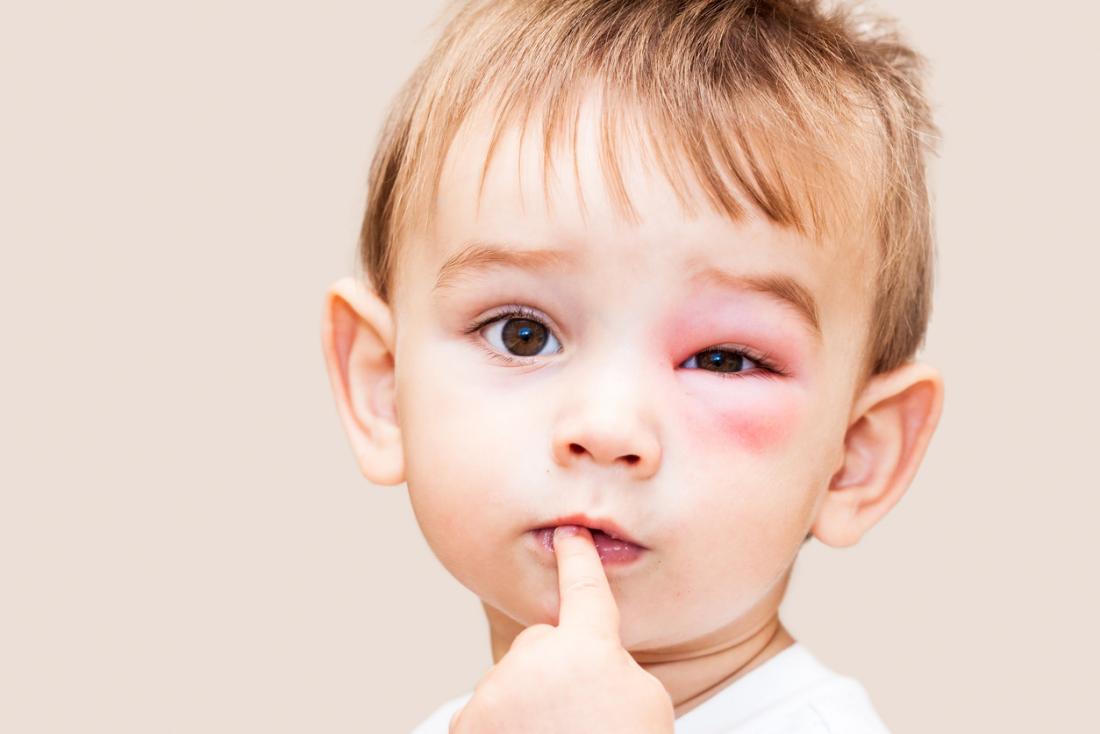Trauma Injury is any physical force applied to the body that causes damage. This can be anything from rolling your ankle to a car accident.
Dislocations

A dislocated bone is when a bone remains whole but pops out of place or the socket that it’s supposed to be. In children a dislocated elbow will be the most common, this might happen if you’re swinging your child around too aggressively or if they grab somebody grabs them by the hand a little bit too hard. Children can also dislocate their shoulder. But this is a little bit less common. If a child dislocates their elbow or shoulder it may or may not cause obvious pain. However, the child will immobilize their arm or shoulder not moving it at all.
If you recognize that a child has dislocated their arm their shoulder or their elbow makes sure that you don’t try to pop it back into place by yourself. Immobilize the arm in such a way that it won’t move. You can do this with a sling a triangle bandage is probably the easiest thing to use after the arm has been mobilized. Go see a doctor immediately to have them pop it back into place. If there’s a recurrent event and your child dislocates their elbow or arm repeatedly then the doctor might show you a couple of tricks about how to return the joints back into place in a proper manner without creating more damage.
However, it’s always recommended that if you have not been trained properly do not pop the joint back into place by yourself.
Sprains & Fractures

The classic sprain is when you roll your ankle. This can be in a different number of severities it might be very severe meaning a full tear of the ligament or it might be very mild meaning a stretching or partial tear of a ligament. If you sprain your ankle you can expect to see pretty severe pain, redness, bruising, swelling, and inflammation around that part.
Fractures can present themselves very similar to sprains. They will also cause severe pain bruising swelling and inflammation. If you have any doubt, if you’re dealing with a fracture or a sprain then you should go to a clinic to seek medical help. The only real way to tell between a fracture and a sprain is an X-ray. One of the key signs to a fracture, however, will be local tenderness if there are specific parts of the ankle specifically the inside part or the outside part that hurt more than others. This might be a sign pointing to a fracture. It might also be a sign if that person is not willing or cannot put any weight at all on the injured ankle.
The last way to tell between a fracture and a sprain is if there is a type of deformity or if the leg or ankle doesn’t look like it exactly should.
How to treat them?
The easiest way to remember how to treat them is with an acronym. RICE (Rest Ice Compression Elevation).
- Rest – If somebody has a sprain or a fracture, they’ll need to rest this until it heals.
- Ice – It’s important to keep this place with an ice pack or some frozen vegetables from the freezer around the injured area. It’s important to try to avoid ice to skin contact because especially if they don’t feel this area so well you don’t want them to get frostbite. So put a thin wash cloth or a paper towel between the two and make sure that you don’t ice for more than 10 minutes at a time.
- Compression – There are a number of bandages that you can use, to cause a little bit of compression to this area have it wrapped securely but obviously not too tight. So it cuts off the circulation.
- Elevation – While, this person is sitting and resting you can elevate their leg up higher than the other leg. If this person has trouble moving this injury or you can’t move their leg you should go seek professional help.
Cuts and wounds

We’re going to talk about severe fractures. Severe fractures can be divided into two main categories an “open fracture“ or a “closed fracture.”
An open fracture means that the force of impact also was forceful enough to break the skin. This is an emergency medical situation. And if you’re dealing with an open fracture you should call an ambulance immediately. Open fractures are so dangerous because they have a risk of becoming infected. You should, therefore, try to keep the open area as clean as possible with a clean pad applied directly to this area. You can also try cleaning the wounded area with some clean water. Apply pressure to the open wound to try to stop the bleeding. However, if the bone is outside of the limb don’t apply direct pressure to the bone. Don’t try and put the bone back into place by yourself but leave this for a professional to do.
Lastly, stabilize the limb if it is a leg or an arm so that it doesn’t move. You can do this with any object that’s a little bit stiffer putting it on either side and stapling the limb that way don’t move the child while you’re waiting for help. Unless they are in a dangerous place like a street or some other place that you will need to remove them from danger. However, it’s best if they can stay put. If the fracture is not open but a closed fracture causing deformity of the limb this is also a good reason to call an ambulance immediately.



